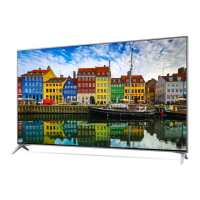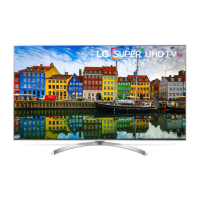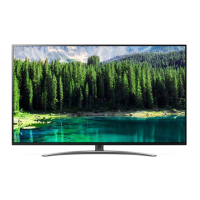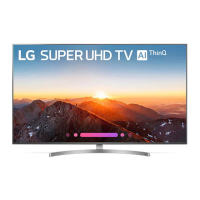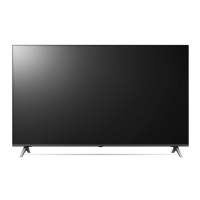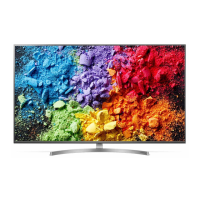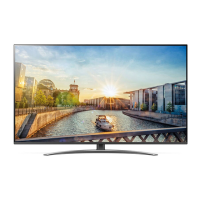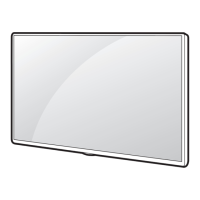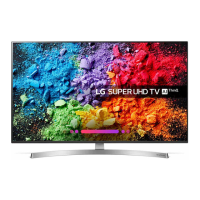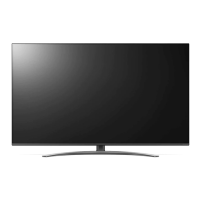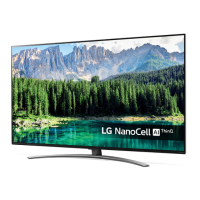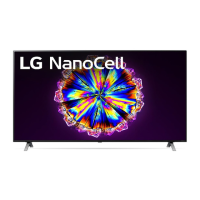What to do if my LG 49SJ800V picture is broken or freezing?
- CColleen AllenJul 29, 2025
If the picture on your LG LED TV is broken or freezing, check the RF signal level using a digital signal level meter. Alternatively, use the Diagnostics menu on the TV's OSD (navigate to Advanced > Channels > Channel Tuning > Manual Tuning) to check the signal strength and quality. Normal signal strength and quality should be over 50%.
